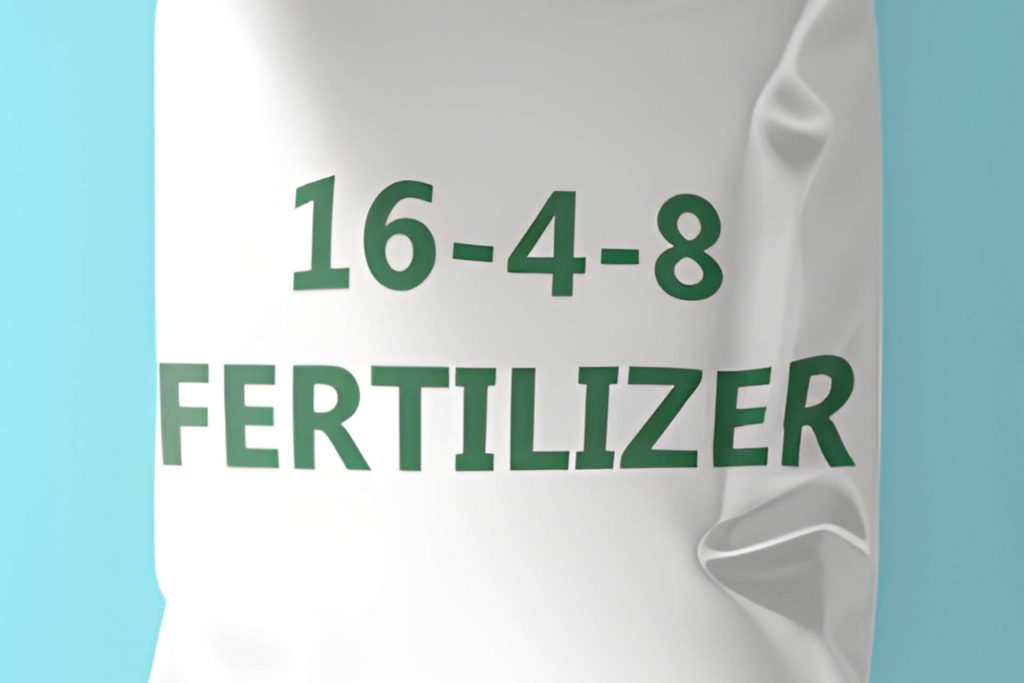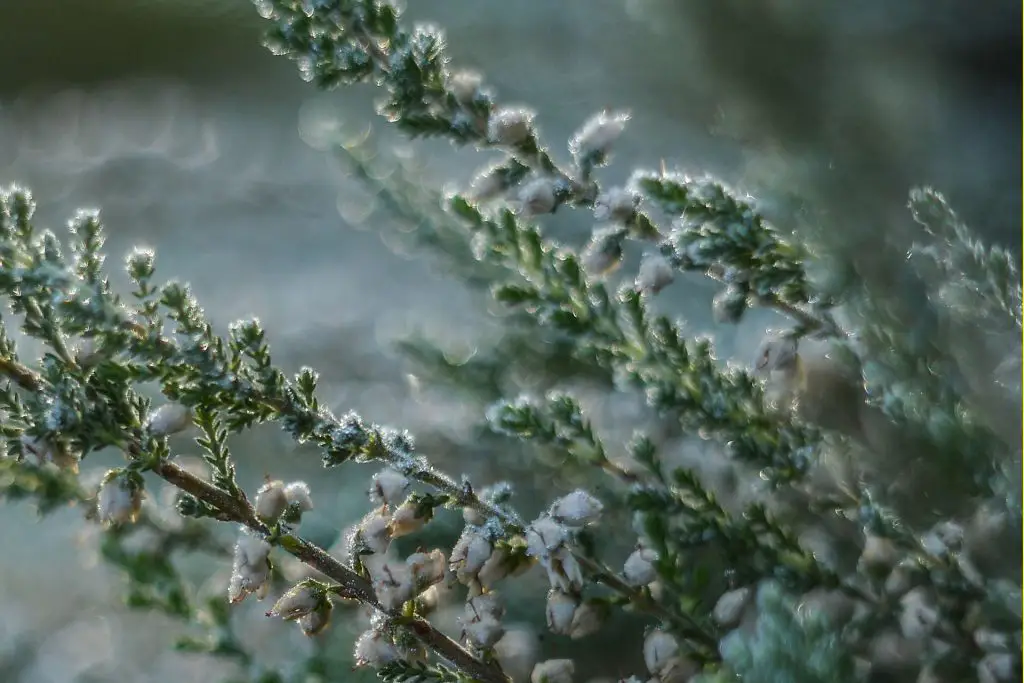Winter Fertilizer Numbers Explained
If you’re like most people, you probably think of fertilizer as something you use in the spring and summer to help your plants grow. But did you know that there’s such a thing as winter fertilizer?
Just as plants need nutrients to grow in the spring and summer, they also need them in the winter. Winter fertilizer helps prevent your plants from going into winter dormancy without enough resources to enable them to withstand the cold weather and provide a strong platform for new growth in early spring
The purpose of winter fertilization is to supply sufficient nutrients to your lawn and plants before the worst of winter arrives. A good winterizer fertilizer should contain a balance of nutrients and at least a small amount of phosphorus. As a rule of thumb, a good NPK ratio will be 16-4-8 or 12-4-8. However, the type of plant and current soil nutrient values will have a considerable bearing on the eventual choice.
What Nutrients Are Most Essential in Winter Fertilizer

When fall is upon you and the approach of winter is starting to loom large it’s time to start thinking about applying fertilizer to your lawn and plants. But what nutrients are most essential in winter fertilizer?
Nitrogen is the most important nutrient for grass and plant growth, so you’ll want to make sure your fertilizer has a good nitrogen content, although the nitrogen levels in soil should be checked as too high a level can damage grass or plants.
Phosphorus is important for root development. Although winter is a time when root growth slows and stops, it’s still important in small doses. Its presence will aid root strengthening before dormancy whilst it will be present in the soil at the beginning of the next growing cycle.
Potassium is another essential nutrient for grass and plant health, and it helps them withstand stress from cold weather, disease, and drought. Therefore, you should look for a fertilizer that has a balanced ratio of nitrogen, phosphorus, and potassium.
Why Are Winter Fertilizers Essential?
As the weather cools and the days grow shorter, the growth of your grass and plants will start to slow down before eventually going dormant — meaning, they will stop growing. But that doesn’t mean you can neglect your lawn care and plant care responsibilities.
Lawn Care
One of the main reasons to fertilize your lawn in the winter is to help it recover from the stress of the summer. Hot temperatures, foot traffic, and drought can all take their toll on your grass, leaving it weak and susceptible to disease. Applying a winter fertilizer should be part of your annual winterizing lawn care tasks. It will give your grass the nutrients it needs to recover and, together with aerating, and thatch removal it will allow your lawn to start the growing season strong.
In addition, late fall is an important time for your turf grasses to build up their food reserves. When grasses go dormant in the winter, they rely on these food reserves to help them survive the drop in temperatures.
Once the grass goes dormant it can no longer absorb nutrients. If you fertilize too late and the ground is frozen then the fertilizer won’t absorb into the soil and can sit on top which could result in fertilizer burns. In addition, it is important to monitor the amount of fertilizer in the soil, as again, if too much nitrogen is present in the soil, it can lead to the grass growth being stunted.
For this reason, it is important to conduct a soil test before fertilizing, enabling you to choose a lawn fertilizer with the right nitrogen-to-phosphorus ratio. You want a fertilizer that will enhance root strength and growth so that your grass can take advantage of all the moisture and nutrients available in late fall and early spring.
Plants
Cold season plants like broccoli, cabbage, kale, collards, and spinach are commonly grown in cold climates as they survive well where temperatures drop below 30°F during the night. When it comes to caring for these, much the same advice for grass will be true for plants and vegetables.
The main difference will be as to when the various plants go dormant and this will dictate how late you can fertilize. For example, cabbage won’t grow much below 45°F while spinach can grow as low as 35°F. It is quite possible to fertilize your lawn several weeks before you need to fertilize some plants. However, in practice, it might be more convenient to do it all at once.
Although these plants require plenty of nitrogen to grow well, as with grass, excess levels of nitrogen can damage them. When the soil has too much nitrogen, it begins to lose its ability to hold moisture. As a result, it makes it harder for their roots to absorb water and nutrients causing them to suffer from poor root systems and low yields. Using a fertilizer with higher phosphorus content encourages stronger plant roots.
The right winter fertilizers for your plants will help keep the soil balanced throughout the growing season. They provide extra nitrogen to encourage strong, healthy roots and prevent weeds from taking over.
What Do Fertilizer Numbers Mean?

The main way to apply nutrients to the soil is through the use of fertilizer. As you may know, there are literally hundreds of fertilizers with different combinations of nutrients, so which one is the right one for winterizing your lawn and plants? To ensure you choose the right one it is important to understand how the nutrient levels in the fertilizer you use relate to each other.
Displayed prominently on the front of most fertilizer bags there are three numbers “16-4-8”. These numbers relate to the relative content of the three primary plant nutrients — nitrogen (N), phosphorus (P), and potassium (K) — in that order and these numbers are commonly referred to as the “NPK” ratio.
The actual individual numbers refer to the percentage amount of each nutrient in the bag. For example, A 50-pound bag of 12-4-8 fertilizer has an NPK ratio of 12-4-8. This means that the fertilizer contains 12% nitrogen, 4% phosphorus, 8% potassium, and 76% other ingredients.
The “other ingredients” might be minerals, organic matter, or secondary nutrients such as sulfur, calcium, and magnesium. In some products, these other ingredients make up a very small percentage of the product. In others, they might constitute the majority of the bag’s weight.
It’s important to remember that the numbers on a fertilizer label are percentages by weight and not by volume. So, if you were to pour out a cupful of fertilizer from that 50-pound bag of 12-4-8 product, it would not contain 1/2 pound each of nitrogen, phosphorus, and potassium. The cupful would actually weigh less than 1/2 pound because the vast majority of the fertilizer is made up of filler material such as sand or limestone.
When it comes to the right ratios for winter fertilizer the most beneficial will generally be either 16-4-8 or 12-4-8. The ultimate choice though should be determined by the plant type and the current nitrogen levels in the soil.
When To Apply Winter Fertilizer

When applying winter fertilizer timing is very important. Generally, as the weather cools and plant growth slows, this is the time to apply a winterizer fertilizer. In more specific terms, a winterizer fertilizer should be applied three to four weeks before plants are likely to go dormant for the winter, giving them a chance to break down and give plants a boost before growth stops.
Most winterizer fertilizers are slow-release fertilizers, which means they will continue to release nutrients into the soil over the winter months. Generally, these will be granular fertilizers as liquid fertilizers release their nutrients far more quickly. The advantage of using slow-release is that they don’t have to be reapplied as often as other types of fertilizer.
It is important to note that when applying a winterizer fertilizer, be sure to follow the package directions carefully. As we have discussed, applying too much fertilizer can burn your plants. It is always advisable to carry out regular soil tests (once or twice a year) to ensure you apply the right amount. If you have any questions, ask a local gardening expert or call your local cooperative extension office for more advice.
Summary: Winter Fertilizer Numbers Explained
Getting your winter fertilizing right can make a big difference to how your lawn and plants emerge from winter and should give a healthy kick start to new shoot growth in early spring. It is essential though to apply the fertilizer at the right time. Putting down the wrong fertilizer after heavy frosts set in could at best be a waste of time and money, and at worst cause damage to your lawn plants.
The role of winter fertilizing is to provide your lawn and plants with enough resources before the worst of the cold sets in. A good winterizer fertilizer should contain a balance of nutrients and should contain at least a small percentage of phosphorus. The phosphorus will help strengthen the root structure prior to heavy frosts and provide a platform for strong root growth in late winter or early spring.
One element that you should monitor is the percentage of nitrogen present in the soil. You should be careful not to have too much or too little as too little will hinder growth when the new growing season starts, while too much can damage your plants and strangle their growth.
